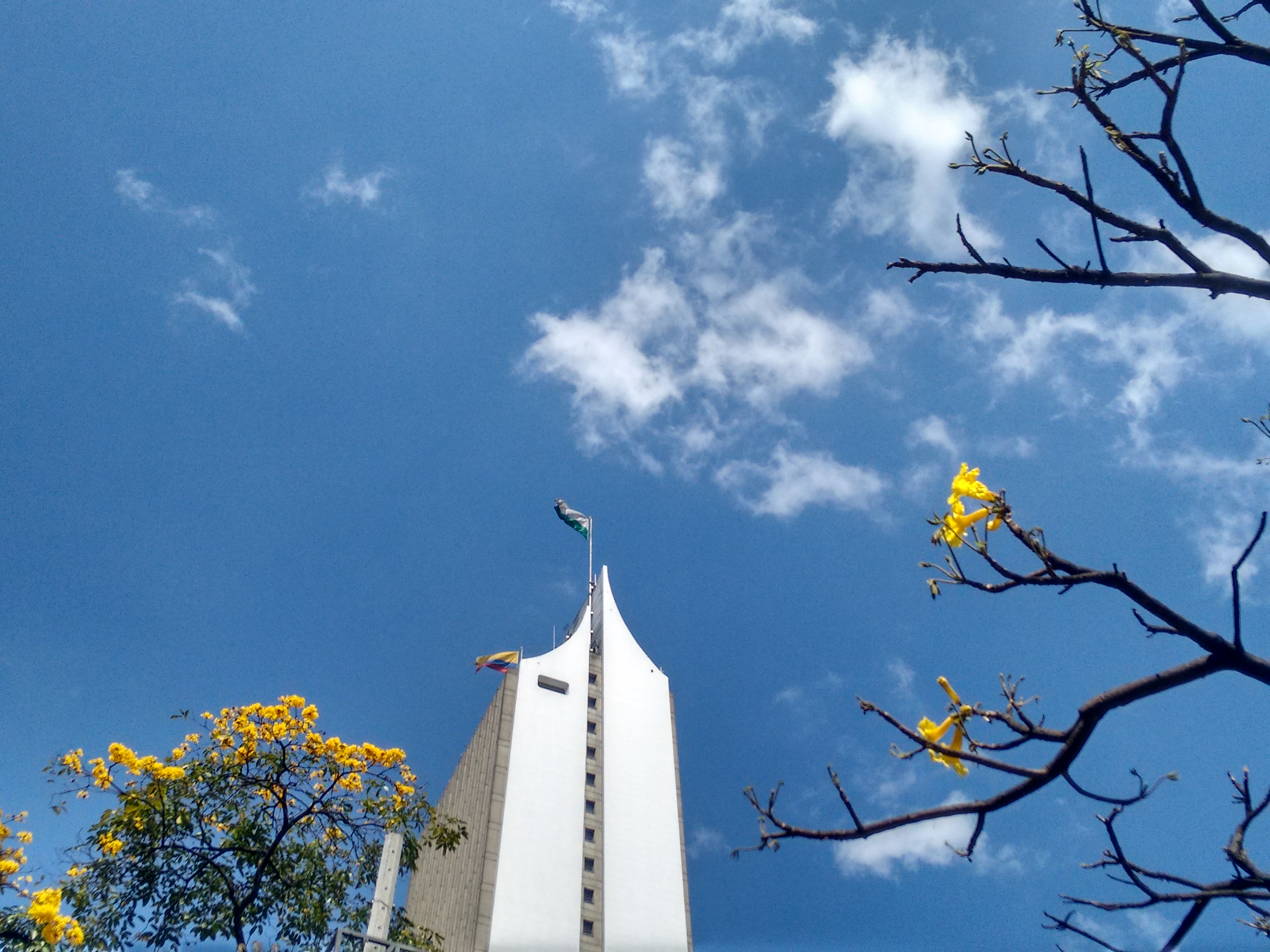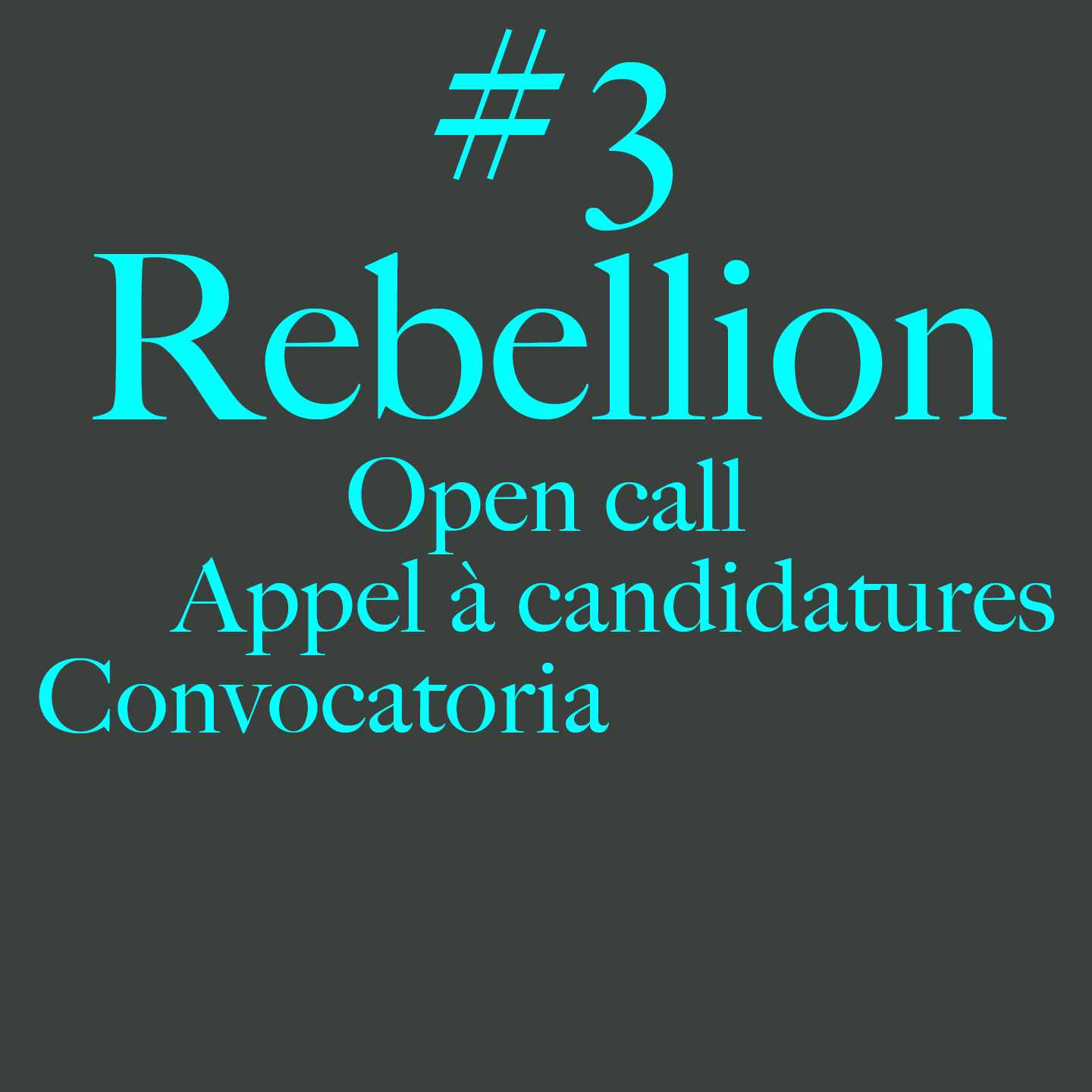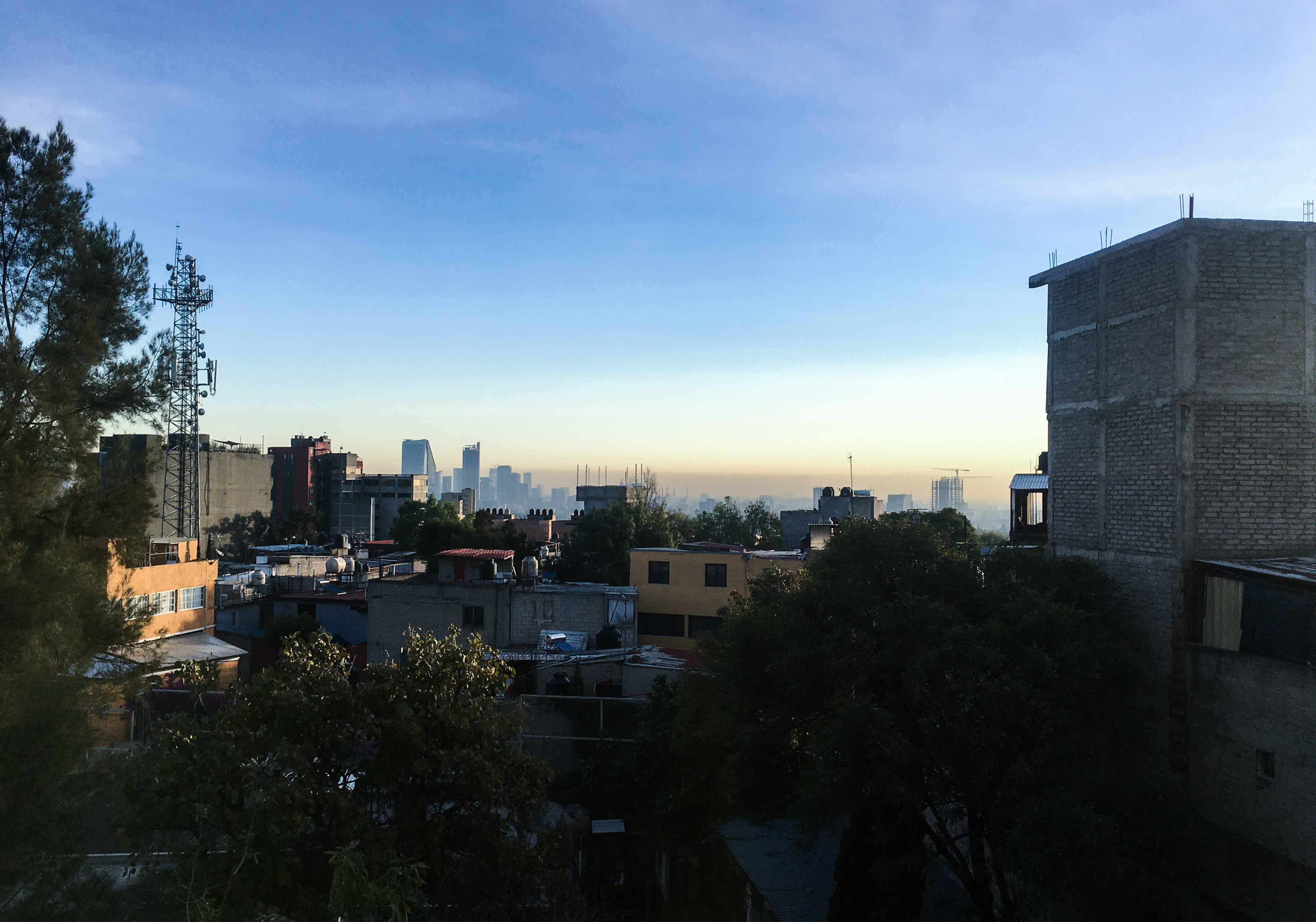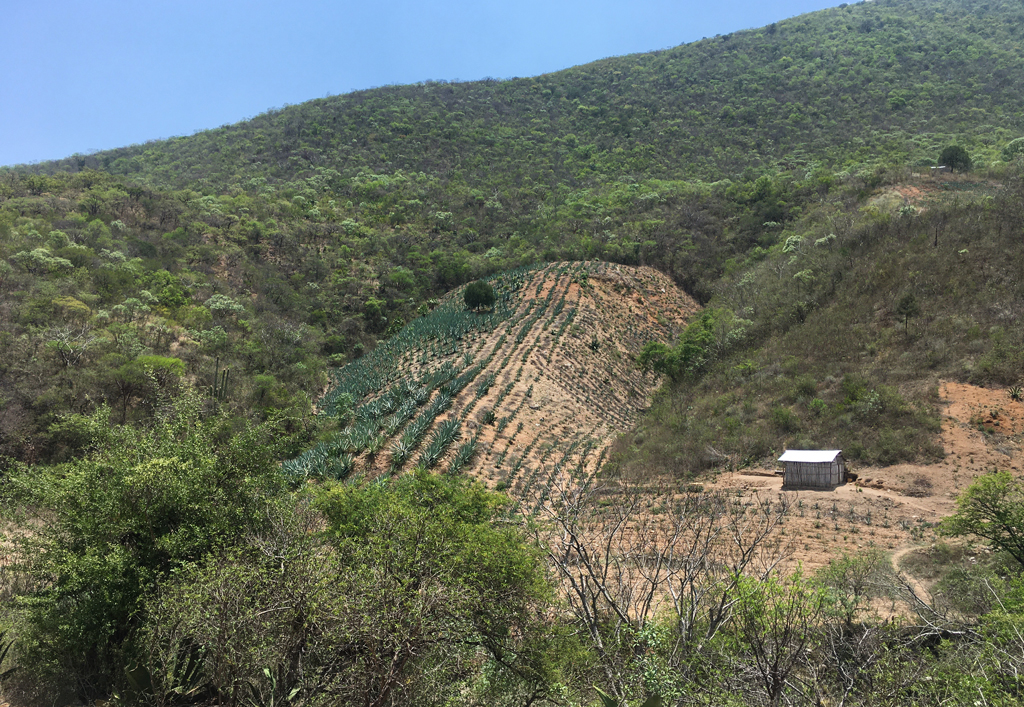Between More of Us / Blog

Blue Sky Manifesto
How to write a manifesto about something we can barely see nowadays in the midst of so many suspended particles?
Climate Justice, ColombiaSeptember. I go out to the balcony and look at the sky. It’s not clear, but there are no clouds to announce rain either. My eyes start to burn and my nose starts to congest, it’s not some allergy to the pollen of the plants outside. I look at them, their green is not so vivid, the colors look dull and not because of the action of the sun. I run a finger over the leaves, soot comes out. They need to be cleaned soon.
When I pick up the newspaper, the front page shows a photo of Coltejer, one of the most iconic buildings in Medellin ( for being the tallest and still represents the textile industry boom that took place at the beginning of the 20th century), and which is located in the center of the city. Little is seen, almost nothing; a fog envelops it, almost disappears. The same panorama of March, April, now.
I describe the symptoms, I read the situation, but nothing surprises me, the new is not new. I feel as if I were living in a loop: in terms of air quality, Medellin and some other cities in Colombia have presented worrying levels of pollution; the capital has experienced critical moments in levels of PM 2.5 (particulate matter) in the air, and even an environmental emergency has been declared almost annually in these months. Globally, things are not much different. I think of Bangladesh, Chad, Pakistan, Tajikistan and India, the five most polluted countries, according to 2021 figures.1
I go out into the street. I see some cyclists—of the few who use this means of transport in the city—wearing masks—not the N95 ones to protect themselves from Covid-19—but the ones with 3M filters. I am afraid that the landscape will turn into a horror movie, into the desolate view of Chernobyl. How is it that the air that keeps us alive can also kill us?
I take the bus, continue reading the newspaper. In 2019 the United Nations General Assembly designated an international day for clean air and blue skies. This commemoration, which occurs every September 7th, aims to: “prioritize the need for healthy air and the links of air pollution to other critical issues such as climate change, human and planetary health.” I look at the cars in front and behind me. And the motorcycles! So many of them. The driver is listening to a radio station, as it is early in the morning, the announcer is telling the news: the president of Colombia emphasizes his idea of an energy transition. The people around me open their eyes, incredulous, reluctant.
After two hours of traveling with the windows closed because the World Health Organization has said that practically all the air we breathe is polluted and, in addition, it is killing about seven million people every year, I arrive at my town. I went to the city in search of opportunities, but I return to the countryside because there I feel how my lungs fill with clear blue, as the song by Calle 13 says.
I look at the clouds and start to make shapes. They are still white. I think about making a blue sky manifesto, but I don’t know where to start. I only know that I want to have a cyanometer to measure the shades of the firmament and that, each time, the color is more intense, to breathe it strongly, as if life itself depended on that coloration.




